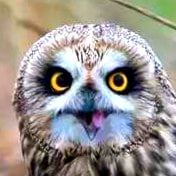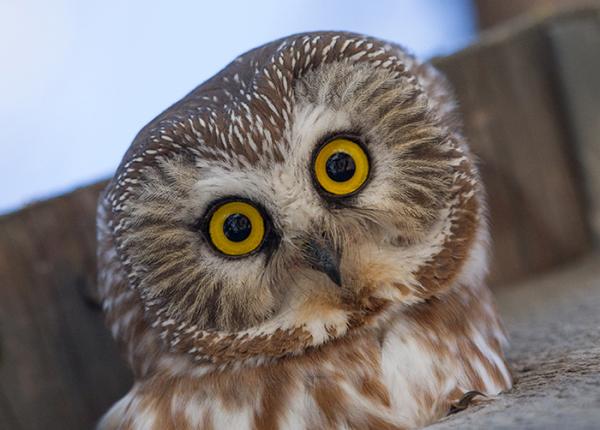From ARC
Foot health is crucial for raptors, as their feet and talons are their primary tools for catching and disabling prey. Consequently, foot injuries are not uncommon among raptors admitted for rehabilitation. However, what you see in the first picture is exceptionally rare: a young great horned owl with webbed toes. We were very surprised when we first noticed this owl’s condition. Over the years, we have encountered hundreds of great horned owls, none of which displayed webbing between the toes, a condition known as syndactyly.
This owlet, whom we nicknamed Webster, had webbing on both feet, connecting the third and fourth digits. Owls possess semi-zygodactyl feet and can rotate their fourth digit, which aids in grasping. However, due to the fusion with his third toe, Webster was unable to rotate his fourth digit. It quickly became apparent that he was struggling with normal foot placement during perching.
After careful examination by our veterinarian, it was determined that Webster could undergo surgery to separate the digits (second picture). Following a successful surgery and recovery period, Webster was placed in a flight enclosure where he was able to perch and use his feet normally. After spending some time strengthening his wings and feet, Webster proved he was capable of release! The last picture shows Webster before his release later that night.




I’ve been around some of that. Love comes in many different flavors! 😄